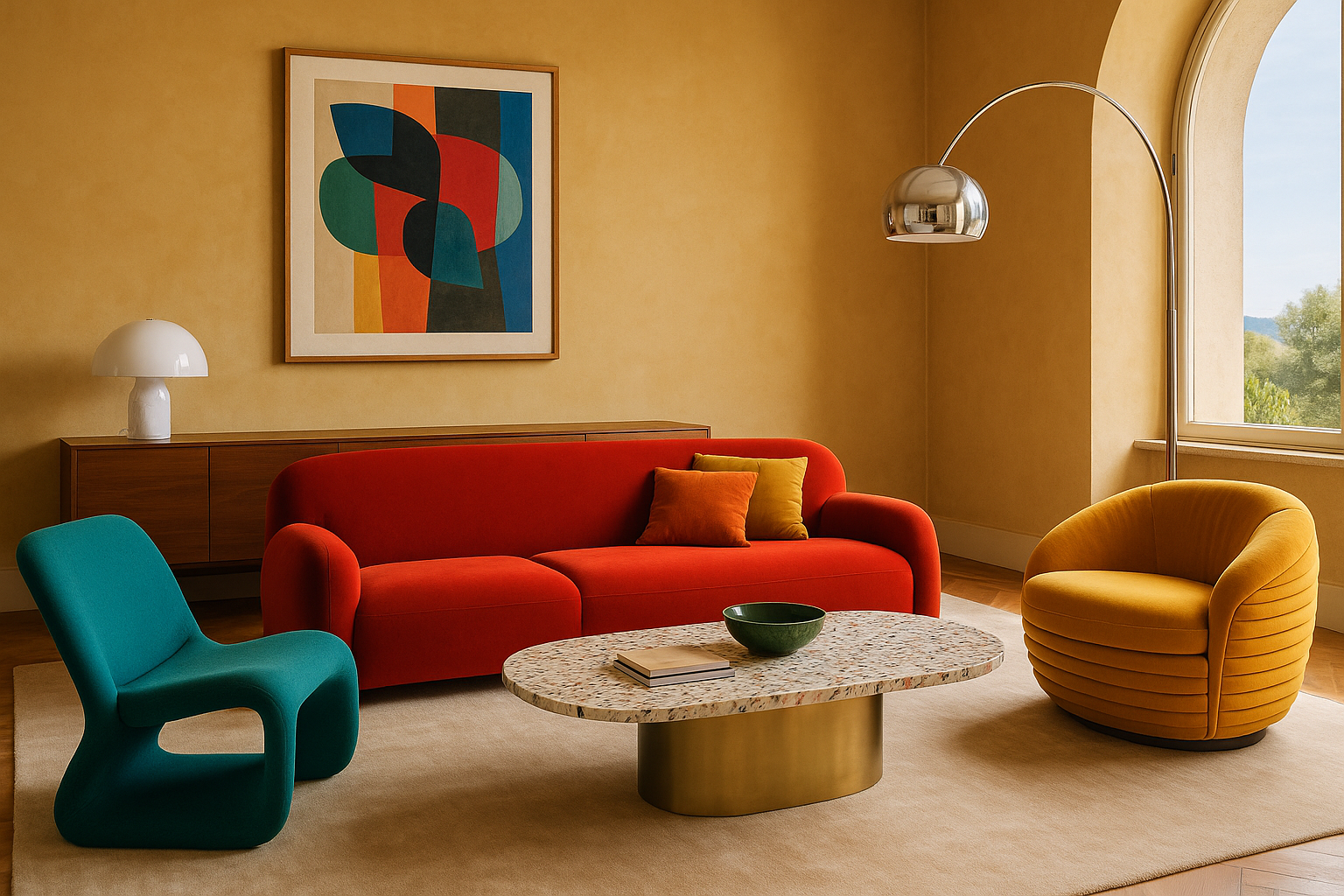Heritage of Italian Craftsmanship in Furniture Making
The legacy of Italy furniture is rooted in centuries-old traditions that trace back to the Renaissance, when artisan guilds in regions like Tuscany and Veneto perfected techniques in woodworking, leather tanning, and glasswork. This heritage is not merely decorative but a disciplined craft where master artisans, often trained from adolescence, dedicate years to mastering skills like marquetry or hand-stitching, ensuring precision that machines cannot replicate. For instance, the use of dovetail joints in cabinetry, a technique unchanged since the 16th century, provides structural integrity that withstands decades of use, resisting Malaysia’s humid climate where average moisture levels reach 80 percent. These methods prioritize quality over mass production, with artisans selecting materials like solid walnut or Carrara marble for their natural durability and unique grain patterns, which develop a patina that enhances aesthetic value over time. The cultural emphasis on slow craftsmanship means each piece carries a narrative, often signed by its maker, fostering an emotional connection for homeowners who value heritage over fleeting trends. This meticulous approach contrasts with globalized manufacturing, where cost-cutting often compromises longevity, making Italian pieces a benchmark for discerning Malaysian buyers seeking heirlooms that appreciate in both function and prestige.

Heritage of Italian Craftsmanship in Furniture Making
Poltrona Frau: Mastery in Leather and Timeless Design
Poltrona Frau, established in 1912 in Turin, epitomizes the pinnacle of Italian design furniture through its unparalleled expertise in leather craftsmanship. Their 21-step tanning process transforms raw hides into supple, durable surfaces using natural aniline dyes, which preserve breathability and resist fading in tropical climates, a critical advantage for Malaysian homes. The Chester sofa, an icon since 1912, showcases capitonné tufting a labor-intensive technique where buttons are hand-stitched through layers of padding to create diamond patterns, ensuring both comfort and structural resilience. This process, requiring up to 40 hours per piece, reflects a commitment to artisanal precision, with waxed threads reinforcing seams against wear. Poltrona Frau’s Pelle Frau leather, sourced from ethically managed farms, offers a Color System with over 70 shades, allowing customization that integrates seamlessly with diverse interiors, from minimalist Kuala Lumpur condos to eclectic Penang villas. Their sustainability efforts include chrome-free tanning, reducing environmental impact while maintaining hypoallergenic properties, appealing to health-conscious consumers. By choosing Poltrona Frau, homeowners invest in pieces that combine aesthetic sophistication with functional longevity, available exclusively at Stanzo Italia’s brand page for those seeking unmatched elegance.
Molteni&C: Precision Engineering Meets Modular Innovation
Molteni&C, founded in 1934 in Brianza, redefines imported furniture through its Dada Engineered kitchens and wardrobes, blending artisanal techniques with industrial precision. Their craftsmanship involves hand-sanded veneers from sustainable European forests, ensuring unique grain patterns that resist warping under Malaysia’s high humidity. The Hi-Line 6 kitchen system exemplifies this, using the Sistema XY framework a coordinate-based storage grid inspired by Cartesian geometry allowing modular configurations that adapt to evolving needs, such as expanding for larger families or downsizing for urban apartments. Materials like Fenix NTM, a nanotechnology-treated surface, self-heal minor scratches through heat application, maintaining pristine aesthetics over years of heavy use. This innovation stems from Molteni&C’s collaboration with designers like Vincent Van Duysen, whose minimalist ethos emphasizes clean lines and tactile finishes, aligning with 2025 trends favoring warm, organic textures over sterile designs. Their production prioritizes eco-friendly adhesives and low-emission coatings, reducing indoor air pollution, a key concern in tropical environments prone to mold. Explore Molteni&C’s offerings on Stanzo Italia’s brand page to discover how their modular systems elevate functionality and style in Malaysian homes.
Gallotti&Radice: The Art of Glass and Material Fusion
Since 1955, Gallotti&Radice has pioneered the use of glass in luxury furniture, transforming a delicate material into robust, sculptural pieces that embody Italian artistry. Their craftsmanship involves hand-polishing crystal surfaces to achieve flawless clarity, paired with metals or woods in unexpected combinations, such as the Air Desk, where transparent glass legs create a floating effect, ideal for open-plan Malaysian interiors seeking airy aesthetics. The process requires precision cutting with diamond-tipped tools to ensure structural integrity, with tempered glass undergoing thermal treatments to withstand up to 300 kilograms of load, defying perceptions of fragility. Their Bolle chandelier, crafted with hand-blown Murano glass, reflects a 700-year-old Venetian technique, where molten glass is shaped into organic forms, adding dynamic light play to rooms. Sustainability is woven into their ethos, using recyclable materials and energy-efficient kilns, aligning with global demands for eco-conscious luxury. Gallotti&Radice’s pieces offer Malaysian homeowners a blend of avant-garde design and durability, making them focal points in spaces that value innovation. Visit Stanzo Italia’s brand page to explore their collections, perfect for those seeking distinctive, artistic statements.
Why 100% Made in Italy Guarantees Unmatched Quality
The “100% Made in Italy” label signifies more than origin; it guarantees a production process entirely executed within Italy, adhering to stringent regulations that protect artisanal integrity and consumer trust. Unlike globally assembled furniture, where components may be sourced from disparate regions with varying quality controls, Italian-made pieces undergo every stage design, material selection, assembly, and finishing under one roof, often within family-run ateliers. This ensures consistency, as seen in the use of locally sourced materials like Alpi wood veneers or hides from Veneto tanneries, which are subject to EU environmental standards banning harmful chemicals like azo dyes. Economically, this closed-loop system supports Italy’s small-scale artisans, preserving cultural heritage while delivering products that outlast competitors by decades, with warranties often extending 10 years or more. In Malaysia, where imported luxury goods signal status, this authenticity resonates with buyers seeking investments that retain value, akin to fine watches or art. The label also assures innovation, as Italian manufacturers invest heavily in R&D, developing solutions like anti-fingerprint coatings or modular joinery that adapt to modern needs, ensuring both practicality and prestige for homeowners.
